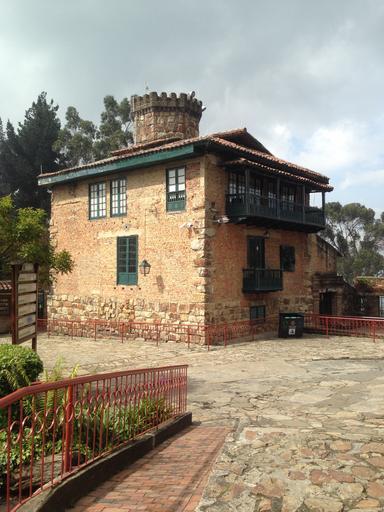Mud bricks are not the most pleasing of flooring materials. In fact, they can be downright nasty, especially when it gets wet. The porous nature of these materials also allows for the growth of all manner of bacteria, fungi, and viruses. While there is no need to worry about stinky odors or offensive odors on a concrete surface, it is important to know that the growth of these germs and organisms is facilitated by the porous nature of the material. The reason is that the moisture content in the soil surrounding your house tends to be low, which makes the area even more attractive to these microbial hazards.

If you live in an area prone to floods or heavy rains, you should consider installing concrete slabs in your home. In fact, you should make your backyard an area that is free from silt and pollutants that can result in health threats. It is a well-known fact that most diseases that we have today were first acquired by means of bacteria that entered our environment through the soil. This makes mud a scary but silent pest, one that you need to get rid of as quickly as possible.
There are a number of ways to keep dirt and mud out of your home. One is to prevent the area from being flooded. As mentioned earlier, these bricks are porous and water accumulates on them easily. You therefore need to regularly check to make sure there are no standing water drops on your patio, garden, or driveway. You also need to make sure that you clear away any fallen leaves or other debris so that they do not accumulate.
Perhaps you are wondering what causes the mud to loosen the particles of concrete and to make them go fly in the air. Perhaps you have noticed that when you go to your backyard to take a garbage bag off, the dirt is still hanging in place. When you place a new bag on top of it, however, those particles of dirt are quickly dislodged and float away into the air. That is because the bacteria that cause disease in our homes lives in those particles of concrete and mud.
Now that you know why they cause bacteria to go grow, you may want to learn more about how they affect the soil. They are known to cause slow erosion due to their coarse texture. They make drainage patterns that are not conducive to plant growth. For that reason, they increase water erosion by breaking up the soil. They also create an uneven soil surface.
Finally, when you consider the amount of heat that they generate, you might want to think twice before using them for your outdoor patio. They are best used in areas that receive little or no sunlight, like porches. Since you don’t want your patio to start burning, you might want to consider other options, like concrete or brick. Learn more about the answers to the question, “Why Mud Bricks Cause Bacteria to Grow?”
